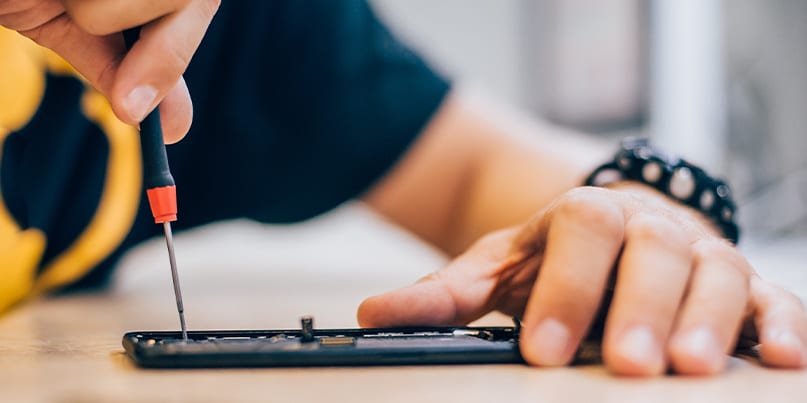If you ask your friends or family, you would probably find that many consider consumer electronics to be disposable. Considering how quickly new devices come out, often, you can’t blame them – they want the latest and greatest. But this poses the question, do you need a new phone, or a new laptop, every year?
If you ask manufacturers such as Apple, yes, you do. And they’ll do everything in their power to make you get a new device, including making your current device almost impossible to repair.
By “almost impossible”, we mean you won’t be able to find a repair manual anywhere, devices aren’t made to be opened, and the only solution is an authorized care center, which is expensive.

Of course, consumers aren’t happy about this, which is why people like Louis Rossman and Kyle Wiens have a relatively strong opinion on it and are active supporters of the right-to-repair movement.
Louis Rossman is an independent repair technician who has, time and time again, proven that Apple makes devices intentionally hard to repair, while Kyle Wiens is the co-founder of iFixit, the most extensive repair guide repository for consumer electronic devices.
How Much of a Problem is it?
If you’ve ever taken an Apple device to the Apple Store to have it fixed due to an issue you’ve been having, you had probably found yourself astonished when they told you the price for the fix.
There has always been suspicion that Apple tends to overcharge consumers for sometimes the most minor hardware repairs, which is why CBS News decided to go undercover in an Apple Store back in 2018.
Armed with a malfunctioning MacBook Pro, they asked for a quote on the repair, explaining that the screen was black and wasn’t displaying anything. The technician quoted them $1200, stating the logic board needed replacement because the liquid contact indicators suggested the laptop had been in contact with liquid.
The problem was much more straightforward – the LCIs were set off due to room humidity, and the only issue was that a pin in the display’s backlight wasn’t seated properly.
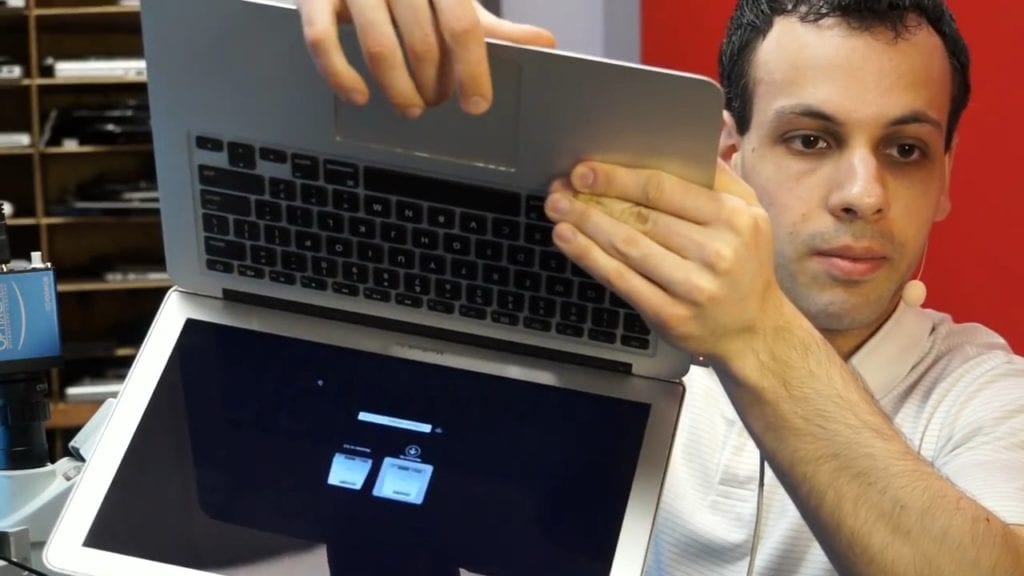
The laptop was taken to Louis Rossman, who runs one of the third-party repair shops that have been struggling with Apple’s politics most. After fixing the pin by bending it back in place, the laptop was fully functional, and as Mr. Rossman explained, he probably wouldn’t charge a customer for such a repair.
Of course, fixing the computer anywhere outside of the Apple Store would void the warranty.
Mr. Rossman also runs a YouTube channel, and the video recorded describing the situation sparked a lot of outrage. It showed that Apple would easily overcharge its customers for things that should be incredibly simple to take care of.
And the problem is in the fact that it’s not just Apple, but a lot of other companies who would rather have you buy a new device than fix your old one.
This creates a big problem for everyone involved, especially for the manufacturers of consumer electronics. Consumers spend more money on either repairing the device or replacing it with a new one, and third-party repair shops struggle to find OEM parts to repair devices.
What is the Right to Repair Electronics Movement?
At its core, this kind of situation is anti-competitive because no third party can service the devices or manufacture compatible parts that in some situations may be better for the consumers or the environment. And it also does another big thing, which is to stifle innovation.
To make things even worse for consumers, if the company that manufactured your device isn’t in business anymore or has discontinued the service for your device, you still can’t take it to a third-party repair shop.
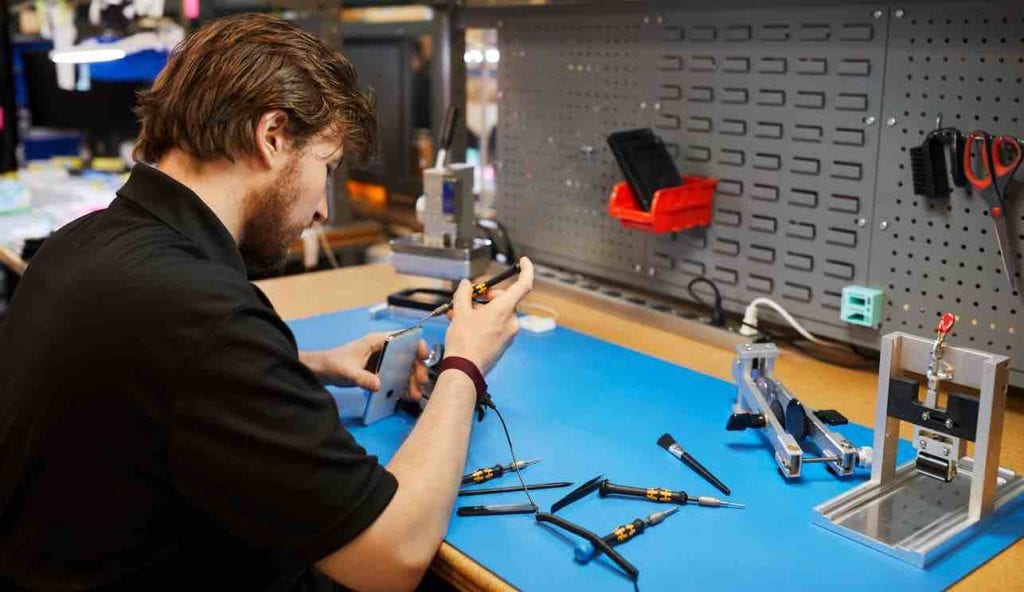
Furthermore, people have argued that this kind of approach goes a long way towards creating planned obsolescence for consumer electronics, which is costly for consumers but increases revenue for manufacturers.
The prices that authorized repair centers will quote for most repairs are usually extremely high and close to the price of a brand new product. The goal? Well, make the consumer think that it’s a much better value to buy the new product than fix the old one.
The right to repair electronics movement is legislation that fights to give consumers the right to make repairs on their devices on their own, without referring to the manufacturer for parts or expensive repairs, and without that kind of repair voiding the warranty.
The movement stems from the automotive industry, more specifically from the Motor Vehicle Owners’ Right to Repair Act from 2012, which obliges car manufacturers to provide any necessary documents and information so people could repair their vehicles.

The act was passed in Massachusetts, and in 2013, The Repair Association (originally known as the Digital Right to Repair Coalition) was formed.
However, it wasn’t until mid-2016 that the movement started getting big when the farming sector in the US gave it a bit of a boost when they figured out that some manufacturers, such as John Deere, restrict them from legally repairing their own farm equipment and tractors.
The entire movement was met with companies such as AT&T, Apple, and John Deere among others, lobbying against the bills that would allow consumers to repair their own equipment.
Later on, in 2017, users discovered that one of Apple’s iOS updates has introduced throttling to older devices. When confronted with this information, Apple responded that the update was meant to protect older batteries, and consequently, prevent unexpected shutdowns.
However, users argued that Apple is sabotaging the performance of older models to sway its customers towards buying newer iPhones, even though Apple pushed another update that would allow you to disable the throttling.
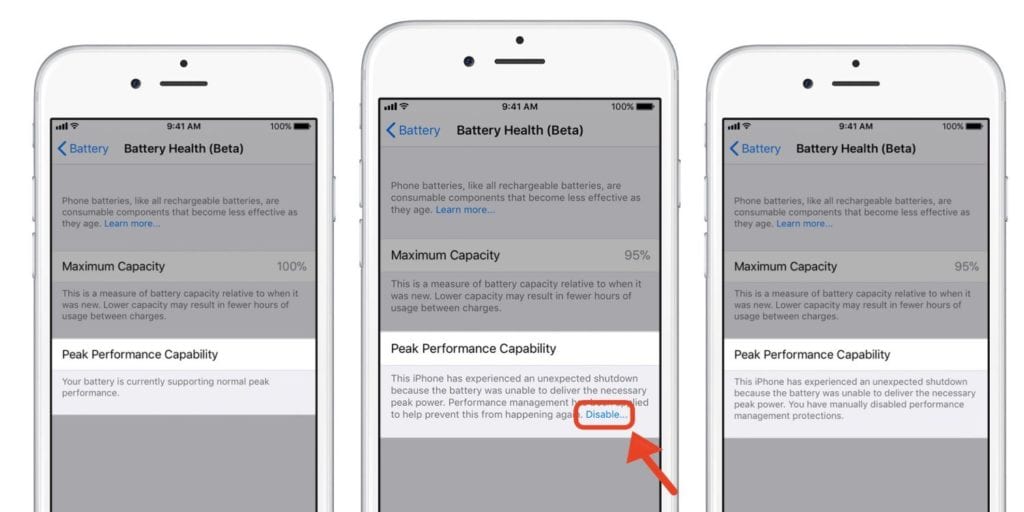
As supporters of the right to repair movement point out, the entire scenario could’ve been prevented if only Apple allowed its customers to buy third-party batteries, and replace them on their own – and that’s what the right to repair movement is all about.
Companies Don’t Hesitate To Take Legal Action
Before legislations were introduced to protect consumers and give them the option to repair their devices, companies such as Apple had a practice of taking legal action against third-party repair shops and other individuals.
A notable case is Apple suing Henrik Huseby, an owner of an independent repair shop in Norway, in order to prevent him from repairing customers’ Apple products. Louis Rossman testified as a witness during the trial, in addition to speaking at similar hearings in Maine, Boston, Nebraska, and Washington.
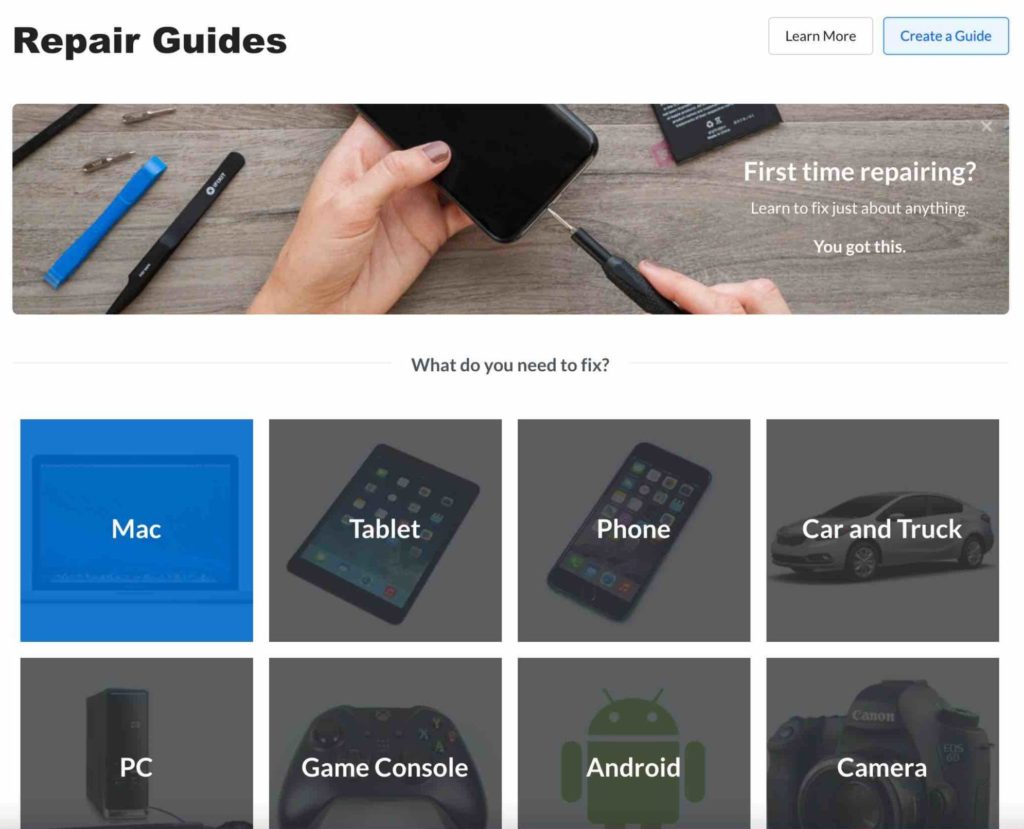
The court ruled in Apple’s favor, due to the fact that Mr. Huseby had used counterfeit products, a fact Rossman was not aware of.
To add to this, Apple has also threatened legal action against both Mr. Rossman and iFixit and Kyle Wiens, simply because they published a repair manual online. Apple’s logic is that they wrote the manual, and thus they own the copyright to it – publishing it online results in them sending you a legal takedown threat.
And that’s not all – Apple also works with both the Department of Homeland Security, as well as Immigration and Customs Enforcement in the US to make sure any spare parts that aren’t going to them, get seized.
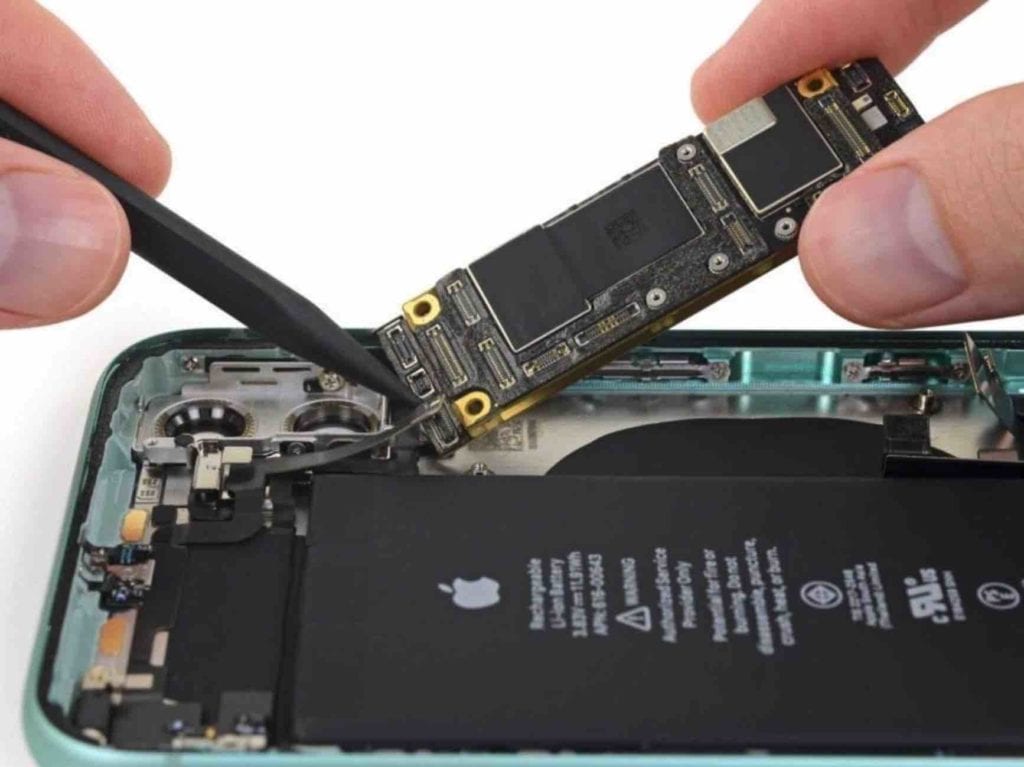
Of course, this goes a long way towards ensuring third-party repair shops, which Apple categorizes as unauthorized, can’t get their hands on genuine Apple parts to perform repairs.
They have previously seized Louis Rossman’s shipment of batteries, which he claims is done solely as retribution for his outspoken nature when it comes to Apple and the right to repair.
The Introduction of Legislation
At the start of 2018, seventeen US states introduced a right to repair legislation, with California introducing its own state bill a couple of months later.
And things haven’t been exactly calm in the EU either, with the European Parliament recommending member states to pass right to repair laws, with the end goal being the production of devices that are both cleaner, and more energy-efficient.
The EU suggests that the ability to repair a device, as opposed to replacing it, creates less electronic waste.
And while some right-to-repair activists still aren’t happy with the pace at which things are progressing, it is actually worth noting that things are only now, in the past year or two, picking up a lot of steam.
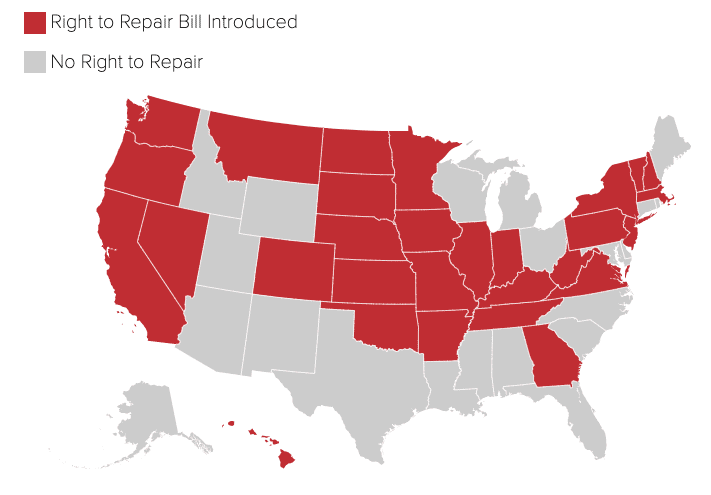
Louis Rossman’s fundraiser to introduce legislation in Massachusetts has raised almost $700,000, which makes it obvious that every consumer worldwide wants to push and make it happen.
At the end of the day, the only ones negatively affected will be big brands that have been fighting these legislations for years.
But when you factor in that consumers, third-party repair shops, and the environment all stand to benefit from passing such legislation, it’s easy to see why the right to repair electronics should be a given, and why it’s a battle worth fighting.

